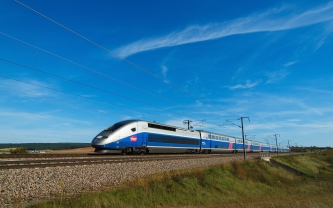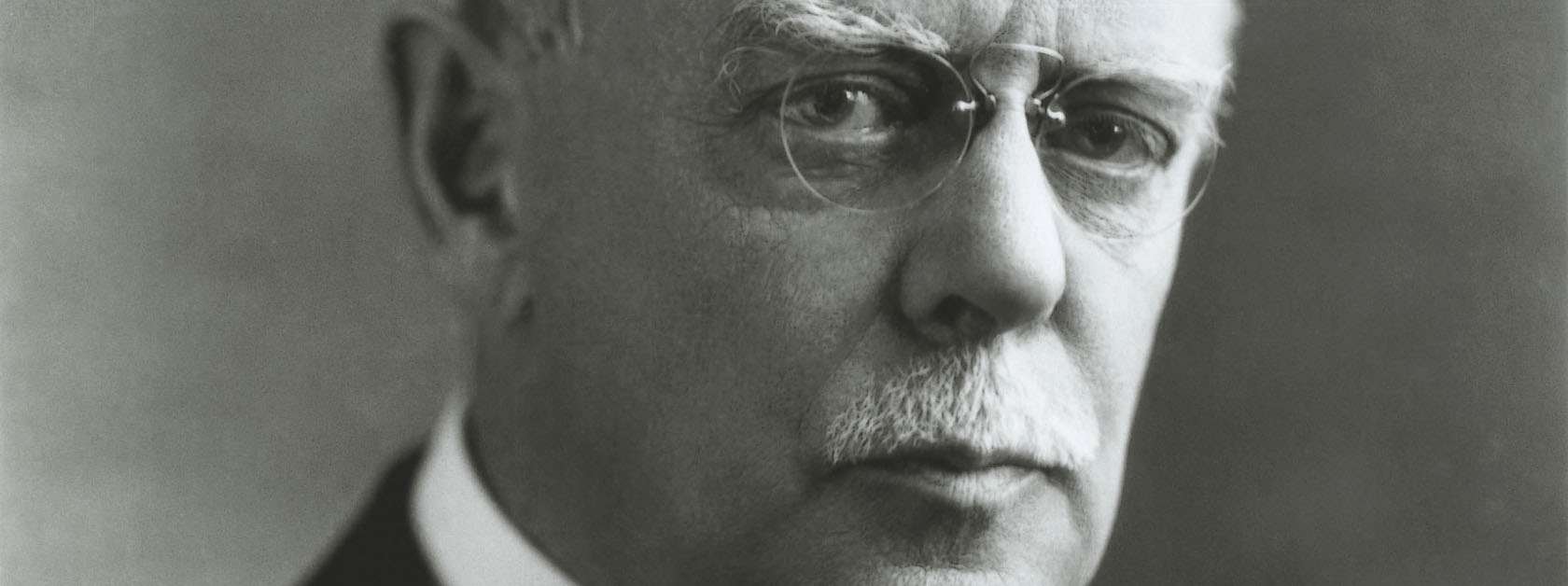
Timeline
History Menu
1886
Arthur Dehon Little and Roger B. Griffin form first consulting firm devoted to improving processes and products. They open their first office and laboratory at 103 Milk Street, Boston (USA).

1894
Released “The chemistry of paper making” the industry standard reference for many years to come
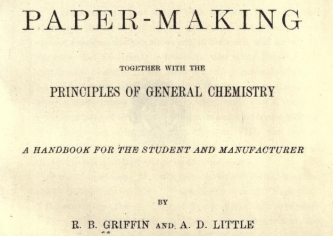
1900
Arthur D. Little formed a second partnership with William H. Walker, professor of applied chemistry at MIT. The new firm moved to 7 Exchange Place, Boston

1902
Solved major electrical contacts malfunction for the New England Telephone and Telegraph Company (known today as Verizon New England)

1903
The company, now at 93 Broad Street, Boston, weaved the first commercial textile fiber from cellulose acetate in the U.S.
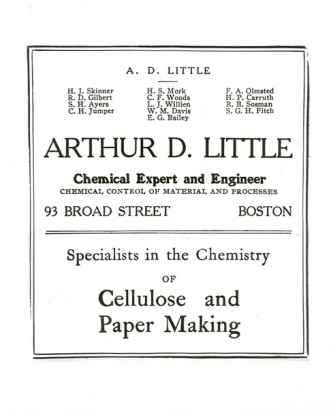
1906
Advised the US forest service on making paper pulp from different kinds of wood leading to new national research center and US forest product laboratory

1907
Other people’s troubles are our business
becomes Arthur D. Little slogan
1909
Arthur D. Little is incorporated as the world's first company seeking to apply technology to industrial growth.
At first focused on the chemistry of cellulose and its uses in textiles and paper, Arthur D. Little became by 1909 the largest consulting industrial laboratory in the nation, and worked a wide array of research disciplines.
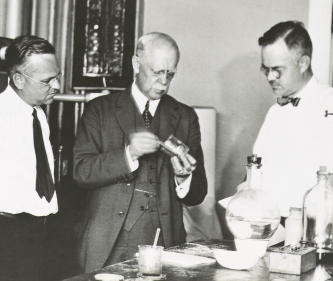
1911
Organized first R&D laboratory for General Motors
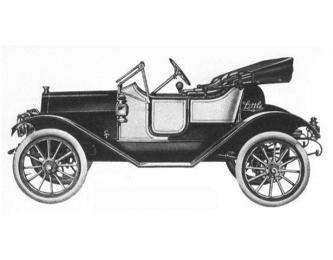
1914
First released “The Little Journal” what would be a long series of company publications
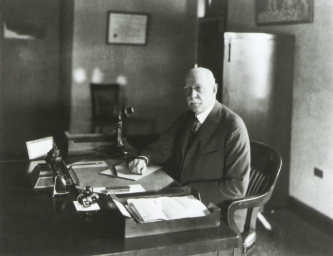
1916
Lord Shaughnessy, president of the Canadian Pacific Railway commissioned Arthur D. Little to undertake a series of surveys of Canada’s natural resources and their industrial potential for the country.
Before the work was over, 165 separate studies had been completed. The work proved to be so important for Canada that it was later transferred to the Council for Scientific and Industrial Research, and thus became an activity of the Canadian Government.
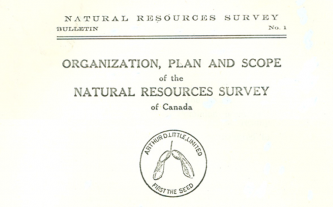
1917
Our company moved to its own building at 30 Memorial Drive, Cambridge on the Charles River alongside the new campus of the Massachusetts Institute of Technology (MIT), which had also relocated from Boston to Cambridge.
This three story brick building was constructed by Arthur D. Little to meet increasing demand for laboratory space. This building is listed in the National Register of Historic Places since 1976 and is a National Historical Landmark. It is now known as the “Arthur D. Little Building” and serves as headquarters for the dean of the MIT Sloan School of Management.
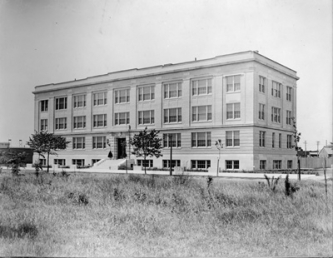
1921
Created a silk purse from a sow's ear, scoring a PR coup by disproving the old phrase "you can't make a silk purse from a sow's ear". This revolutionary achievement is now part of the Smithsonian Institute's collection.
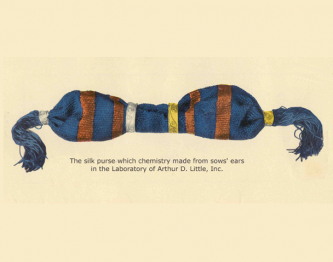
1925
Synthesized the iso-octane compound to be used as the first anti-knock gasoline standard.

1929
Helped plan the organization of the Battelle Memorial Institute, now one of the largest research institutions in the USA.

1930
Advised Campbell Soup on how to utilize environmentally their waste from tomato soup manufacture.
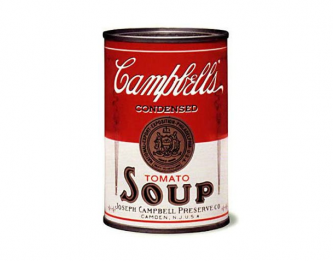
1931
The firm contributed significantly to the development of fiberglass.
1935
Arthur Dehon Little passed away and research guru Earl Place Stevenson (1894-1978) succeeded him as president, instilling a culture of discipline.
As company research director, Earl earned two-dozen patents (e.g. recovering potash & borax from brines, extracting turpentine & rosin from pine wood, molding plastics).
“Stevenson was a no-nonsense man. When he became president, he insisted that all members of staff answer their own phones rather than use secretaries as buffers.” –E.J. Kahn, Jr.

1939
Arthur D. Little developed Kleinschmidt Still used for converting salt water into fresh water.
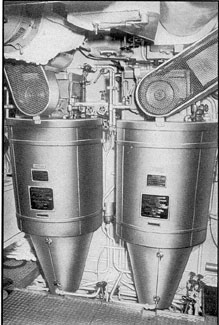
1941
Developed oxygen masks for pilots of high-altitude unpressurized US war planes.
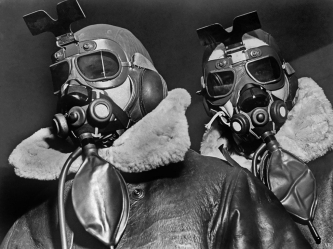
1942
Commissioned by the government of Puerto Rico seeking help in creating jobs for their people, Arthur D. Little invented the first multifaceted industrial development project, called Operation Bootstrap, creating an international model for economic recovery projects.
Operation Bootstrap successfully industrialized Puerto Rico, encouraging investors to transfer or create manufacturing plants, offering them local and federal tax concessions, while maintaining access to American markets free of import duties.
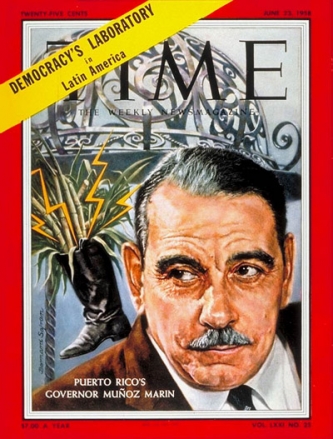
1946
Produced the first commercially available helium liquefier for work at near-absolute zero.” par « Developed with Professor Samuel C. Collins and his colleagues at MIT the first practical helium liquefier, which will revolutionize low-temperature research at universities. This device will provide reliable and inexpensive supplies of liquid helium, opening up studies in low-temperature physics such as superconductivity or semi-conductors.
1947
Commissioned to conduct extensive research into the effect of monosodium glutamate as a flavor enhancer on the food to which it was added.
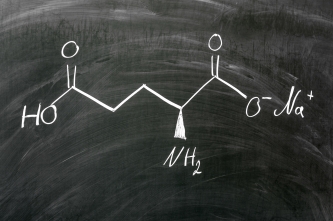
1949
Pioneered application of operations research (developed during World War II) to industrial problem.

1951
Projects with Johnson & Johnson and General Electric led to the development of modern logistics management.

1953
In November 1953, ADL opened a 40-acre site for its Acorn Park labs in west Cambridge, Massachusetts.
Harvard Business Review published a watershed paper written by Arthur D. Little on “Operations Research for Management”, marking the transformation of companies focus from technical research to management consulting.
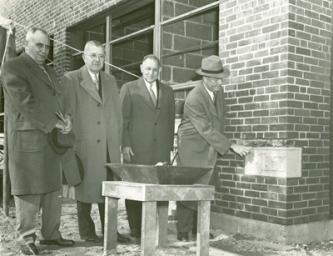
1955
Designed the propellant-loading system for the operational Atlas and Titan missiles.
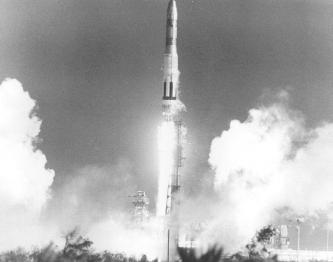
1956
Raymond Stevens (1894-1982) succeeded Earl Stevenson as president of Arthur D. Little. In this position, Raymond expanded our operations into marketing and international economic development.
Stevens graduated from MIT in 1917 and served in World War I as an army lieutenant. He joined Arthur D. Little in 1920 and was the first editor of the Industrial Bulletin, an Arthur D. Little monthly journal to clients focused on thought leadership in emerging industry developments.
“We are quite willing to reform the world, but we insist on being realistic about everything we do. We are a profit-making organization.” –Raymond Stevens, President of Arthur D. Little (1956-1960)
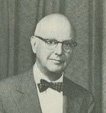
1957
Arthur D. Little opened its first European office in Zurich.
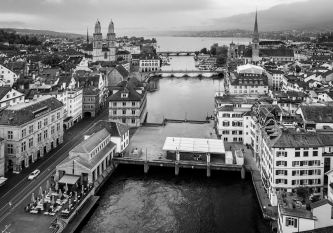
1960
Developed SABRE (first real-time, on-line, computerized reservation system) for American Airlines with IBM.

1960
Three-star General James Maurice Gavin (1907-1990) succeeded Raymond Stevens as president and took Arthur D. Little from a $10M to $70M organization with significant global impact. After he served as a prominent Lieutenant General in the US Army during WW II (he was often referred as “The Jumping General” because of his practice of taking part in combat jumps with the paratroopers under his command) , Jim Gavin “retired” in 1958 and joined Arthur D. Little as Vice President. He became President of Arthur D. Little in 1960 and served as both President and Chairman of the Board until his retirement in 1977. During 1961-1962, General Gavin took a leave of absence to become Ambassador to France under President John F. Kennedy.
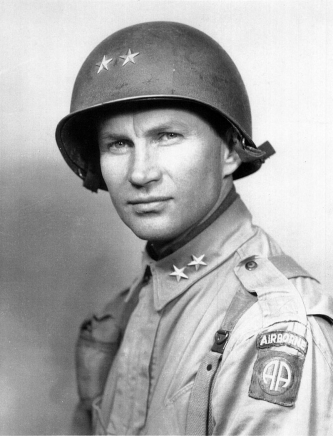
1961
Launched the first management education program to focus exclusively on training general managers from developing countries (known as the Arthur D. Little Management Education Institute, a fully accredited academic institution with master's degree granting status).
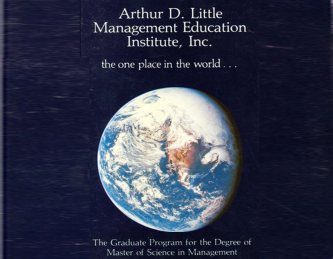
1962
Developed first computerized inventory control package for IBM.
1963
Developed first charcoal filter to remove ciliastatis and cytotoxic materials from cigarette smoke.
1964
Produced the first publication on “The Decision Tree,” pioneering the now widely used concept for modern decision analysis.

1968
Identified fiber optics as a field with major potential impact.
Designed NASDAQ stock exchange system (selected for London and Tokyo).

1969
Designed and developed five key experiments for the Apollo lunar landing; the laser ranging reflector is still used for measuring the precise distance between the earth and moon.
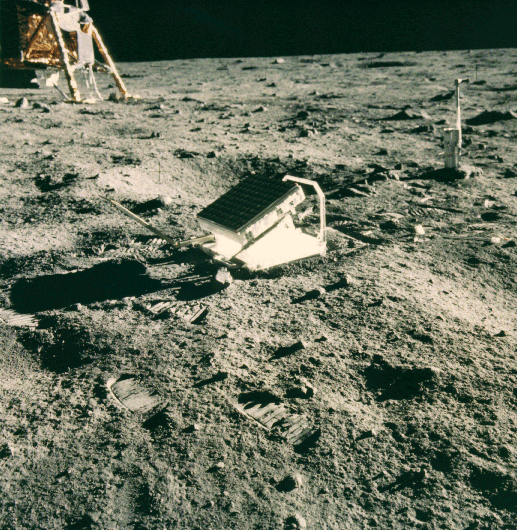
1970
Helped Brazil speed rate of industrialization of Minas Gerais State, bringing in over $4.7 billion new investments.
Developed word processor and licensed Savin to manufacture.
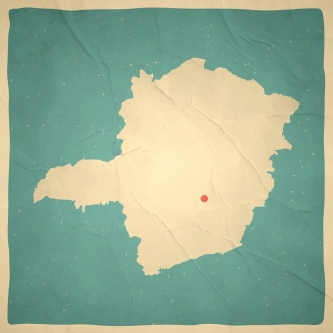
1972
John F. Magee succeeded James Gavin as president of Arthur D. Little.

1973
Patent granted for concept of generating electricity from solar power satellites. Concept originated by Arthur D. Little's Dr. Peter Glaser in 1968 (“Power from the Sun: Its Future”).
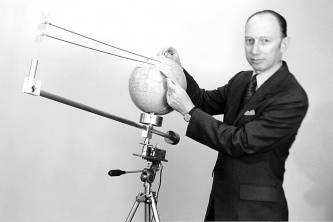
1975
Scroll compressor patented, providing a more efficient and lower maintenance technology for compressing or expanding gases.
Developed innovative information and mail handling technologies for all operations of the U.S. Postal Service.

1976
Helped design and launch first fiber optic, inter-active cable television system, near Osaka, Japan.
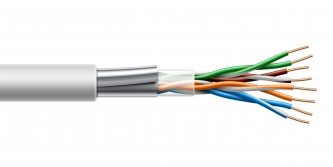
1977
Developed SIMPACT, the largest computerized simulation system available today for use in assessing socio-economic impact of very large-scale projects.
Environmental Assurance System launched to help corporations audit and improve environmental performance.
Began commercializing patented critical fluid extraction technology as an alternative to distillation in a range of industrial applications, including hazardous waste treatment.
1978
Identified priorities for removing non-tariff barriers to trade in the EEC so Europe could become a single enlarged market.

1979
Completed first regional plan for management and treatment of hazardous waste (for New England Regional Commission).
Planned and monitored establishment of a modern telecommunications system throughout Saudi Arabia, allowing the Kingdom to advance 100 years.
1981
Produced European Commission's first White Paper on telecommunications deregulation, having completed the first worldwide telecommunications database on phones installed, markets, technical trends, services and regulatory information.
Published the “Strategic Management of Technology” concept, providing analytical methods for the adaptation of strategic planning techniques to the management of corporate R&D resources.

1982
Low-cost videotex terminal invented; first mass market product to give consumers access to electronic banking, telephone messages, news and stock market reports, and other information.

1988
Pioneered research into the entire future of the solar energy industry concluding that there would be commercial solar power by 1996.

1991
Developed a partial-oxidation fuel processor that will allow fuel cell vehicles to operate on gasoline as well as alternative fuels.

1992
Helped transform Cemex, a Mexican cement company, into an international industry leader and learning organization.
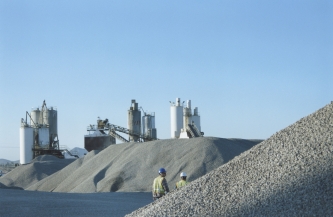
1993
Received more than 30 patents in our development of a highly advanced solid lithium polymer electrolyte battery for small-cell rechargeable applications.
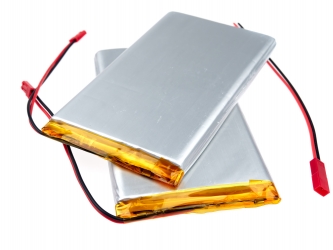
1994
Worked closely with Argentine government to restructure and privatize its state-owned oil company YPF, resulting in unprecedented profits and $4 billion in stock sales.
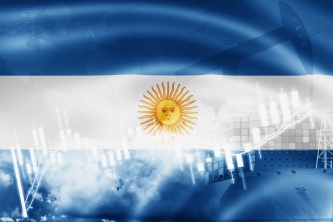
1995
For the U.S. Navy, assisted South Carolina Research Authority in developing flexible computer integrated manufacturing.

2000
Improved factory productivity by 100 – 150% in a performance improvement program for one of the world’s largest telecom equipment producers.

2001
French engineering giant Altran temporarily took over Arthur D. Little in order to support the firm through difficult times.

2001
Pioneered fuel cell research within the company Nuvera, which received 20% of the US Energy department’s total budget for fuel cell research in 2002.

2002
Designed the branding strategy for one of the greatest and toughest rally raids in the world.

2003
Pioneered new policies and strategies for exploiting the regional science base in the U.K., including technology and innovation databases with portal access and creation of regional science-industry councils.

2005
Took the lead in setting up Saudi Arabia's new telecoms system. Additionally supporting CITC, the telecommunications regulator in Saudi Arabia, in liberalizing the telecoms sector; specifically the award of fixed and mobile licenses.

2006
Supported over 10 years the transformation and performance improvement of a large European hub into a leading-edge global airport group

2008
Carbon strategy for one of the leading global chemical players.
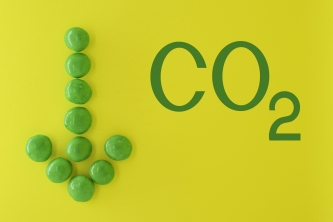
2010
R&D strategy for the world's leading children's hospitals.
Development and go-to-market strategy of the new electric car of the largest premium car maker.
Positioning study for a “New Economic Industrial City” in Bahrain.

2011
Nuclear decommissioning strategies for top European utilities.
Assisting the European commission and 30 leading Telecom players in setting the European digital agenda.

2011
A group of partners organized a management buy-out (MBO), in which Arthur D. Little became a full-fledged partnership, owned by its partners. Today, Arthur D. Little is a global partnership.

2012
Disruptive medtech procurement strategy for one of the world's biggest and most ambitious hospital projects.

2013
Oil deep water exploration and exploitation business cases in the Gulf of Mexico for one of the largest national oil companies.
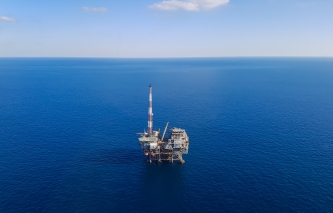
2014
Customer experience strategy for one of the four most important world annual tennis events.
Risk management strategy for the largest Middle East's largest stock market.
Procurement optimization for one of the largest and fastest-growing telecommunications operators in the Middle East.
Opening of new Arthur D. Little office in Singapore to support our clients in the South East Asia region.

2015
IT transformation and master planning in key digital areas (Blockchain, Maintenance 4.0, Robotic process automation, broadband rollout, etc.) for the largest European railway & logistic company.
Opening of a new Arthur D. Little office in Istanbul (Turkey).

2016
Smart city strategy projects for Dubai & Stockholm.

2017
Pricing strategy redesign of high-speed train lines railways’ offers.
